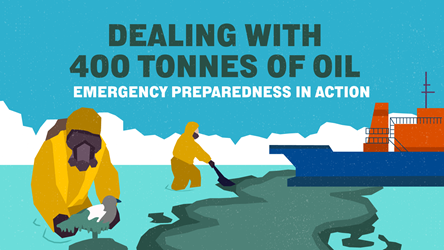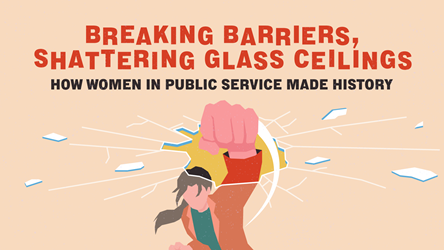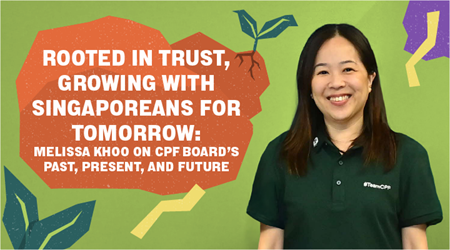A Shot to the Heart
When it comes to saving the life of a cardiac arrest victim, every second counts. During these critical moments, what the Save-a-Life (SAL) Initiative does is to give ordinary citizens the chance to make the difference.
This groundbreaking, multi-agency project took the top honours at the PS21 ExCEL Convention 2016. Accepting the Innovation Spotlight (Gold) Award on behalf of the Singapore Civil Defence Force (SCDF) and its partners, COL (Dr) Ng Yih Yng, Chief Medical Officer of the Ministry of Home Affairs, shared how the SAL Initiative is galvanising Singapore into becoming a nation of lifesavers.
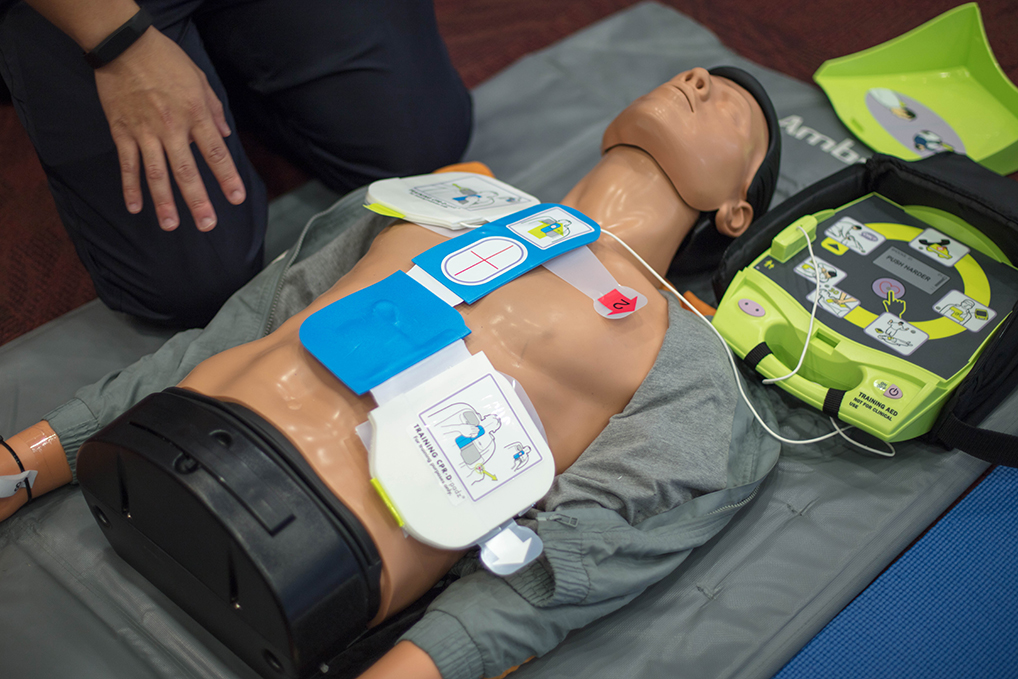
What happens when you have a medical emergency and call 995? A dispatcher will take your call and quickly assign emergency medical services to your location. This journey is likely to take eight minutes or less, a response-time that is, in most cases, more than appropriate.
When Every Second Counts
But when the medical emergency is a cardiac arrest, every second counts. This is because a patient’s chances of survival drop by seven to 10 percent for each minute that passes. Every year, more than 2,300 Singaporeans suffer a cardiac arrest, only three percent of whom survive.
But there’s something each of us can do to make a difference.
Launched in August 2015, SCDF’s SAL Initiative equips members of the public with the necessary tools and knowledge to assist victims of cardiac arrest. Working with partners such as the Government Technology Agency of Singapore (GovTech), the Ministry of Health’s Unit for Pre-hospital Emergency Care (UPEC), the People’s Association and the Singapore Heart Foundation, the SAL Initiative has built a community of trained first-responders.
According to Dr Ng, the SAL Initiative has three key pillars – hardware, software and heartware.
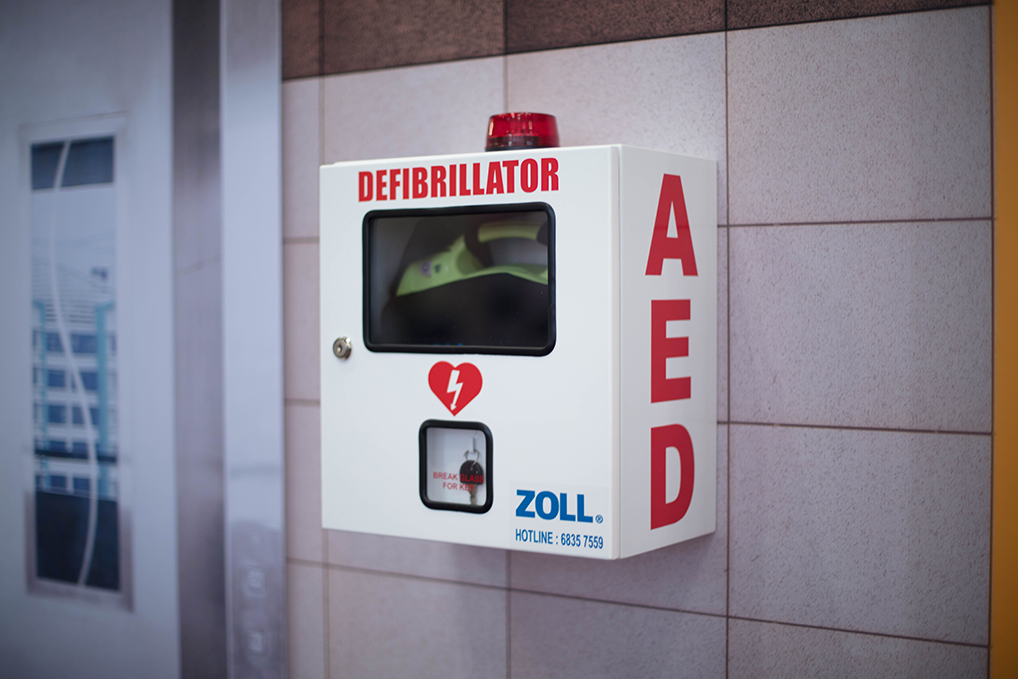
Hardware: A Growing Network of Lifesaving Devices
Did you know that 70% of cardiac arrest cases occur in HDB blocks?To ensure that the right resources are available to attend to victims, the SCDF set out to place AEDs (Automated External Defibrillators) at the lift lobbies of HDB blocks and other public places. These portable, simple-to-use devices only have two buttons – an “ON/OFF” button and a “SHOCK” button. They provide audio prompts to guide users; check for heart rhythm automatically when gel pads are pasted on the victim's chest; and guide laypersons in performing CPR (Cardiopulmonary Resuscitation) to prime the heart for a life-saving shock to jolt it back to a normal rhythm.
AEDs have since been placed in the constituencies of Bedok, Bukit Panjang, Choa Chu Kang, Pasir Ris West, Radin Mas and Tampines West. With time, they will become a fixture of neighbourhoods all over the island.
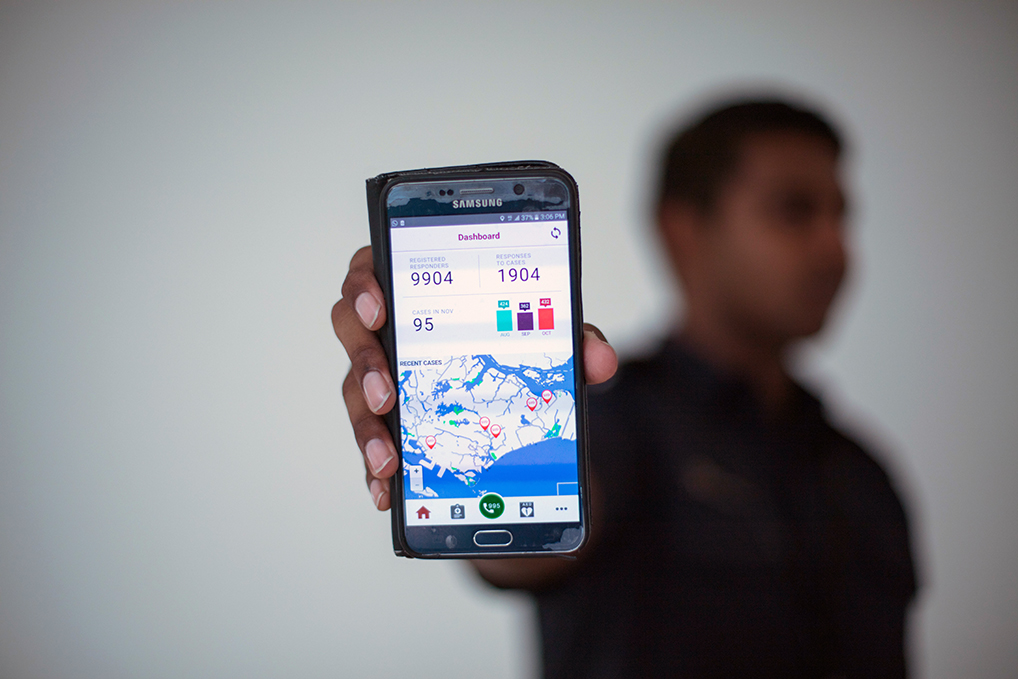
Software: An App that Alerts and Informs
The second pillar of the SAL Initiative is the myResponder mobile phone app. Through this app, dispatchers can send an alert to members of the public who are within 400 metres of the emergency. These community first-responders can then render assistance by performing CPR with the guidance of dispatchers, before SCDF officers arrive on the scene.
Developed by GovTech and supported by the Singapore Land Authority, myResponder not only taps on existing e-government systems such as SingPass and OneMap, it also incorporates R-AEDi, the national AED registry. This serves the crucial function of informing community first-responders about where to find the nearest AEDs.
The R-AEDi database is constantly being enhanced; organisations and members of the public who wish to list their AEDs on the Registry are encouraged to email r-aedi@heart.org.sg.
Response from the public to myResponder has been positive; since the app was launched in April 2015, the list of community responders has grown to 10,000, with almost 2,000 cardiac arrest cases attended to.
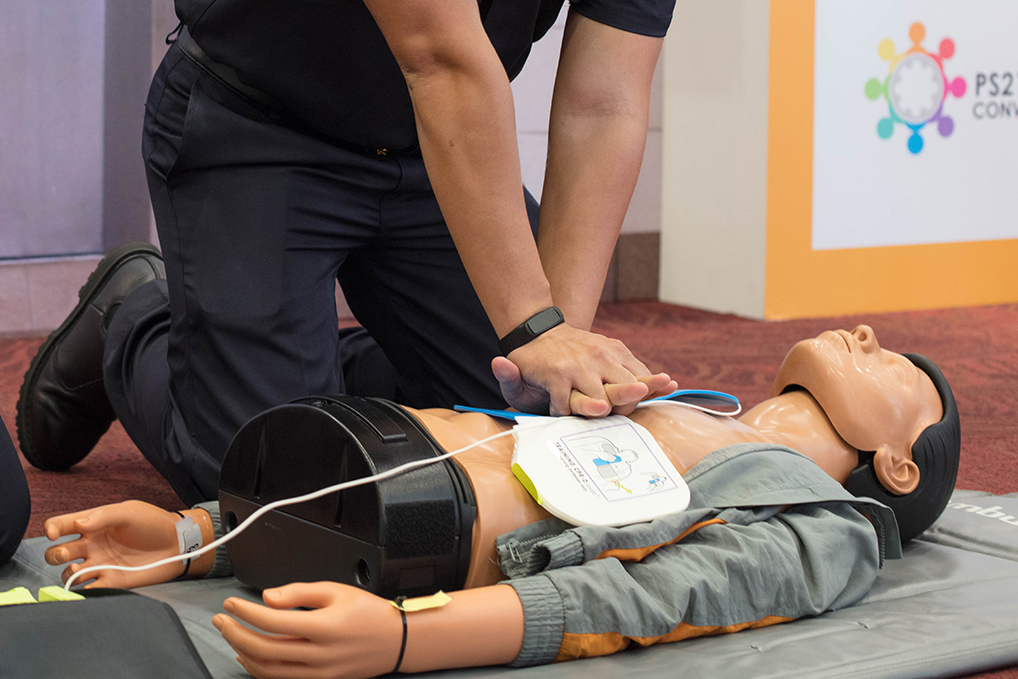
Heartware: Training and Supporting Our First-responders
The third pillar of the SAL Initiative is its heartware – the community first-responders who are willing to step forward. To make it easier for them to offer assistance, SCDF started a dispatcher-assisted CPR programme to coach people to start chest compressions, and collaborated with MOH on DARE (Dispatcher-Assisted First-Responder), a simplified, 40-minute programme for schoolchildren and the general public to learn basic CPR-AED skills. In 2017, DARE will be scaled up and introduced to Secondary One students, with the support of the Ministry of Education.
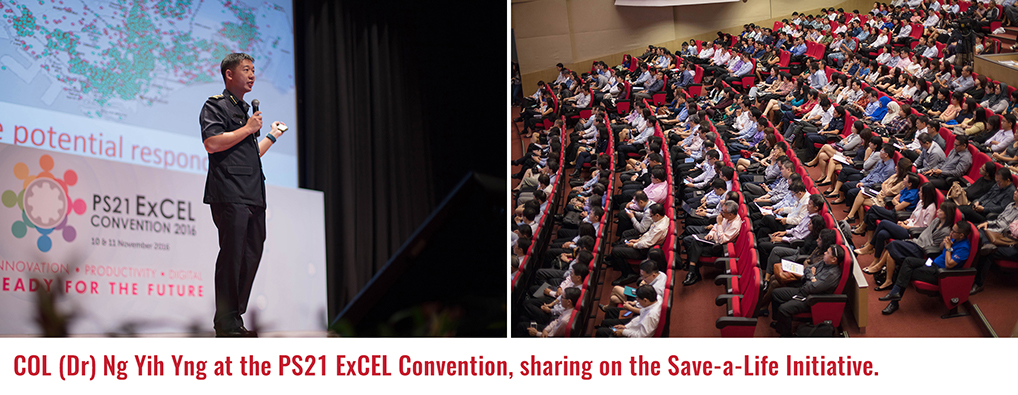
Towards a Nation of Lifesavers
Since its launch, the SAL Initiative has undergone further refinements in several key areas. The placing of AEDs at HDB blocks and other public spaces continues, and SCDF hopes to have these devices in every constituency by 2019. Steps are also being taken to make AEDs even more accessible; as part of a pilot programme launched in November 2015, SCDF has placed AEDs in 100 SMRT taxis under the SMRT-Temasek Cares AED on Wheels programme.The popular and robust myResponder app has also been enhanced. To provide better guidance to community first-responders, SCDF is working with its partners to incorporate responders who may be in different modes of transport (carrying equipment such as first-aid kits/AEDs), and even the use of video calls.
As Mr Peter Ong, Head, Civil Service, noted in his opening address at the PS21 ExCEL Convention, the SAL Initiative is a striking example of how public agencies can strengthen Singapore’s resilience by collaborating across the whole-of-government and engaging with the community at large. For the many public officers who contributed to the SAL Initiative, receiving the Innovation Spotlight (Gold) Award was an unexpected recognition, but the best affirmation remains the growing chorus of testimonials by community first-responders, and thanks from cardiac arrest patients.
Ultimately, it’s all about the lives that can be saved.

- POSTED ON
Nov 11, 2016




